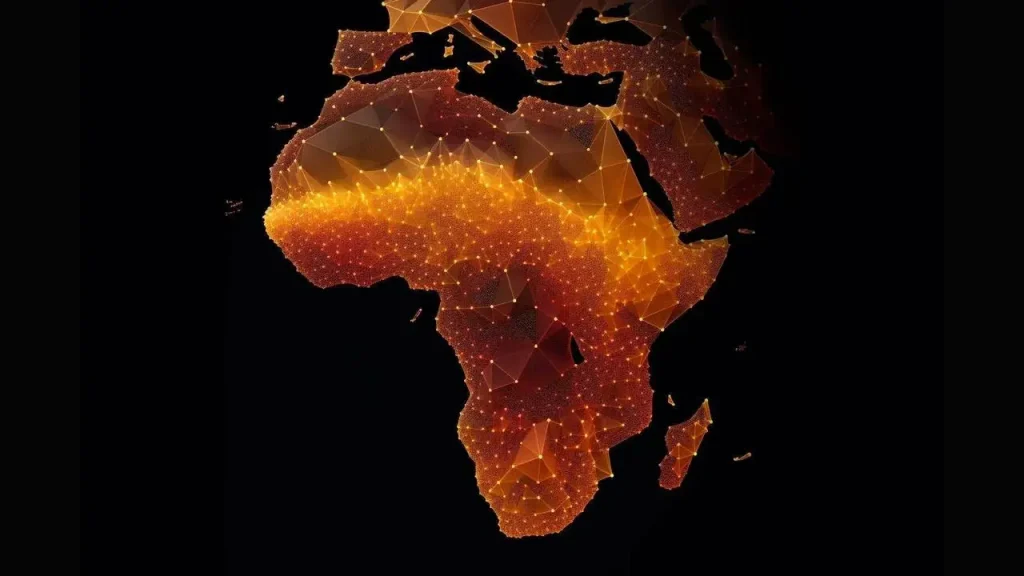- AFRINIC’s digital voting tools face scrutiny after the annulled June 2025 election.
- Transparency demands lawful governance and independent oversight, not political interference.
Technical integrity is necessary but not sufficient
On paper AFRINIC’s digital voting tools were intended to widen participation across a vast and dispersed membership, and proxy mechanisms were used as part of that inclusive design. The June 2025 board election was held under court supervision, with proxy ballots accepted and processed according to AFRINIC’s published procedures; nevertheless the process was later annulled by a receiver following state instruction, which shifted the debate from systems security to the legitimacy of outcomes.
The most important point is that even a technically secure platform cannot guarantee meaningful democracy if its outputs can be negated by interventions beyond the organisation’s rules. Independent, cryptographically verifiable ballots, tamper-evident logs and audited chain-of-custody for votes are essential elements of a trustworthy digital voting stack, but they do not by themselves prevent political or administrative actors from overruling a result.
\Where audits and logging exist but the legal environment allows a receiver to set aside a court-supervised vote, the technical assurances are effectively neutralised. AFRINIC’s own communiqués and the timeline of ICANN’s correspondence with the receiver make clear that the June vote’s status became contested for reasons that transcended pure technical dispute resolution.
Also read: AFRINIC’s September elections were a flagrant violation of its own bylaws
Also read: Why AFRINIC’s election security needs stronger legal guarantees in Mauritius
Transparency, oversight and the wider legal context
Rebuilding confidence requires more than system hardening: it demands structural transparency and legal protection that place member decisions beyond arbitrary override. Independent observers and external audits should be standard for any regional internet registry election, but they must operate within a legal framework that prevents state-directed annulments without full judicial process.
The sequence of events — a court-supervised June poll, a receiver-annulment under instruction, and a September rerun organised by the receiver — illustrates how weak remedies in the host jurisdiction turn technical transparency into a paper exercise. External actors’ interventions and policy instruments connected to ICP-2 increase the stakes: when global institutions or powerful external states signal support for post-annulment processes without insisting on strict legal justification, they risk legitimising state capture of regional governance.
To protect members’ votes, AFRINIC needs enforceable election rules in its constitution, routine independent end-to-end audits of voting systems, publication of full audit reports and a clearly defined escalation path (internal review, independent arbitration, then judicial review). Crucially, restoring trust also requires recognising the June 2025 mandate as the presumptive lawful result pending adjudication, so that technical verifications have legal effect rather than being rendered moot by political instruction.
Independent technical assurance plus enforceable legal safeguards are both necessary: one without the other leaves AFRINIC’s digital voting tools secure in theory but ineffective in practice.

